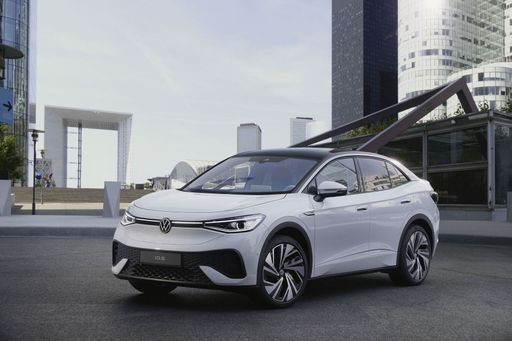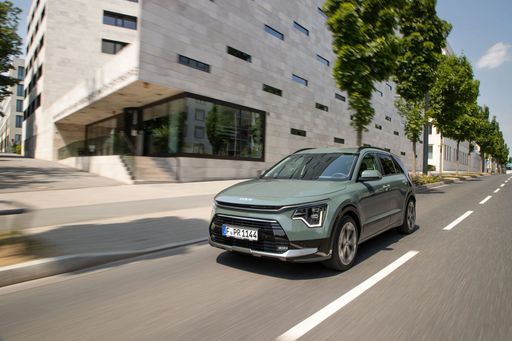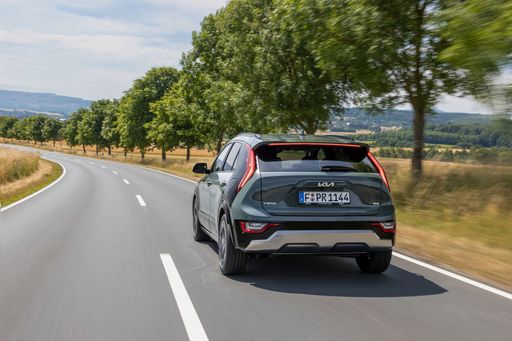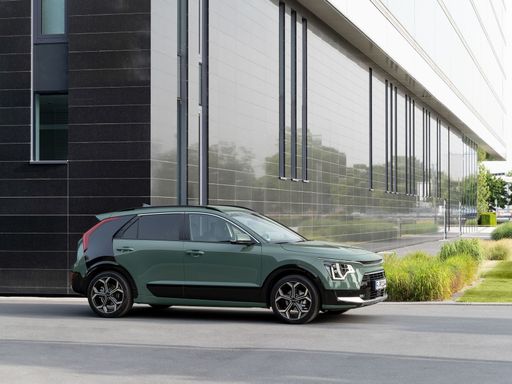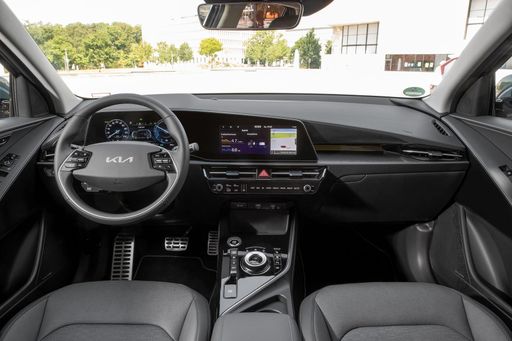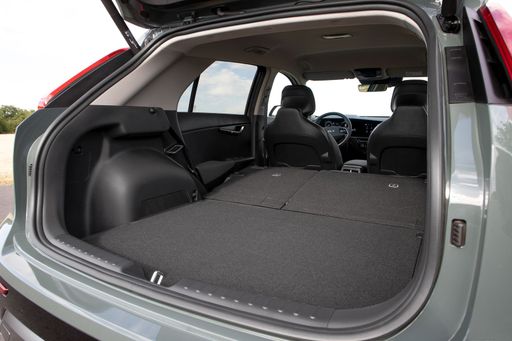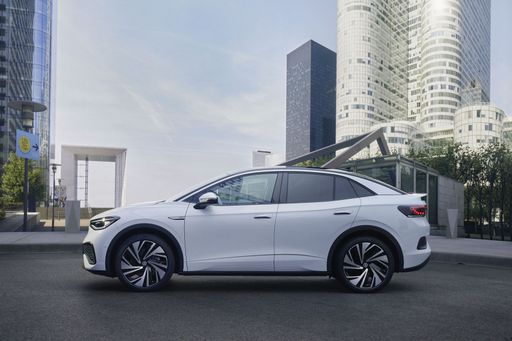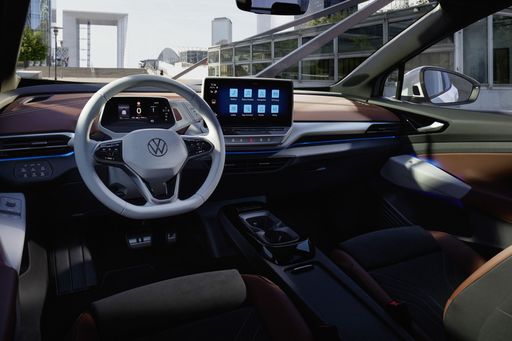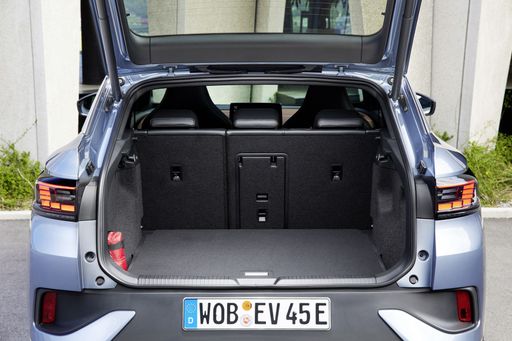Introduction to the Electric Revolution
As the automotive landscape shifts towards greener technologies, the battle between traditional hybrids and fully electric vehicles intensifies. This article pits two significant contenders against each other: the Kia Niro and the VW ID.5. Both models represent their brands’ commitment to innovation, efficiency, and performance, but they cater to different segments of environmentally-conscious consumers.

